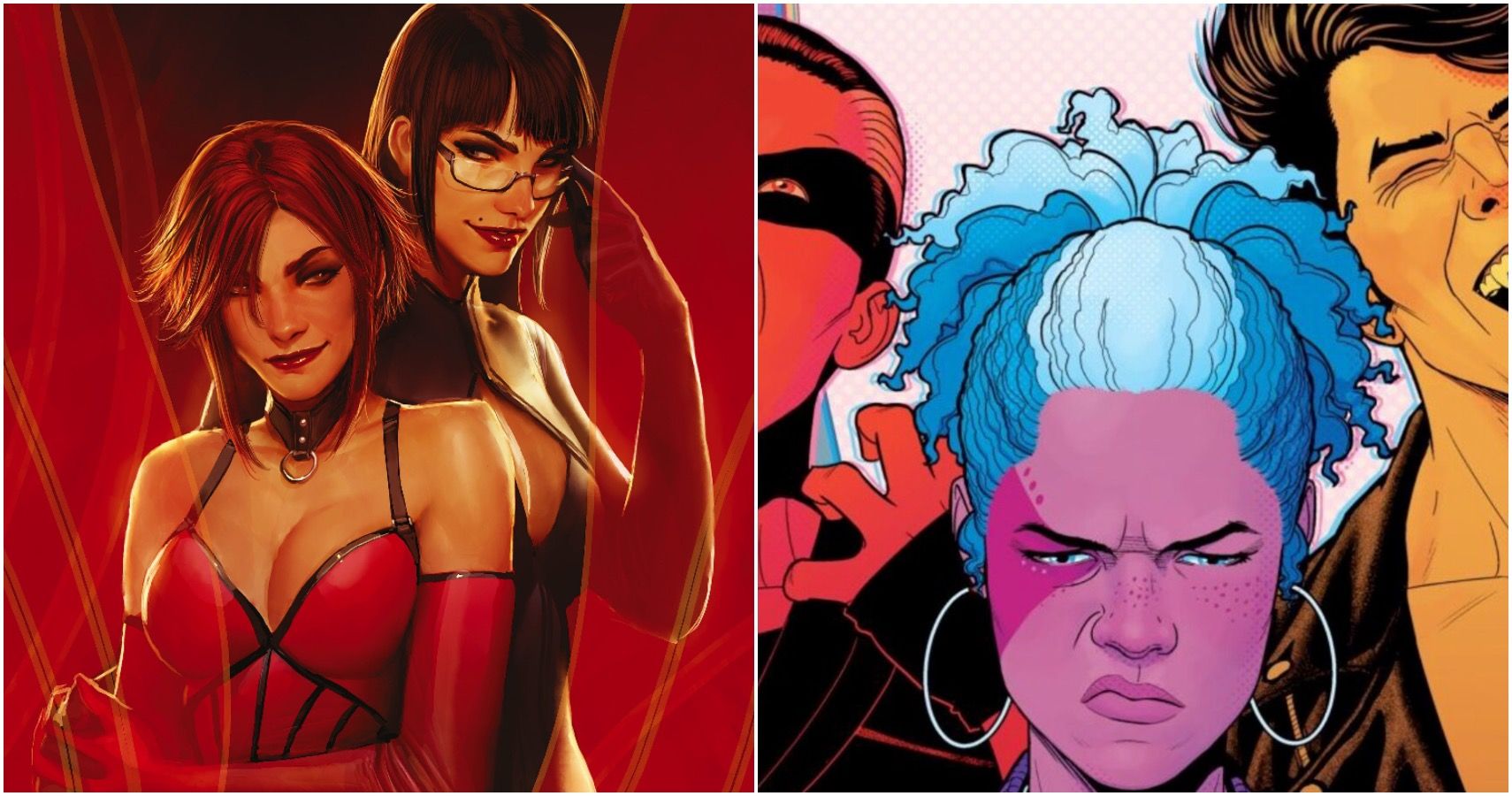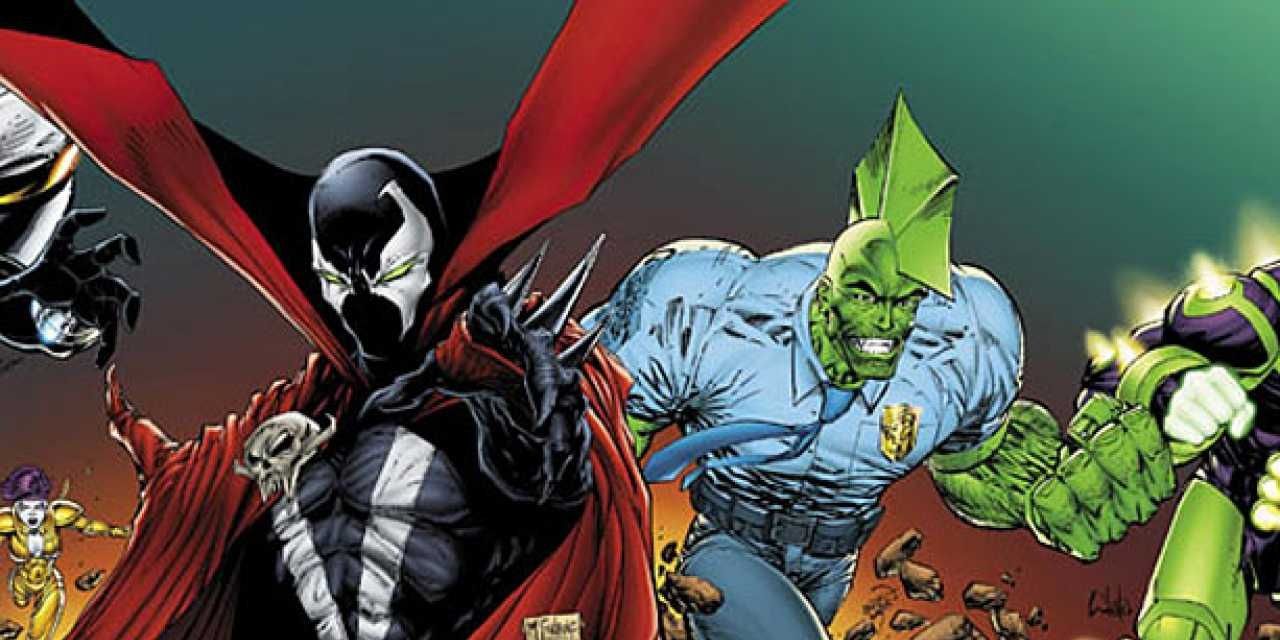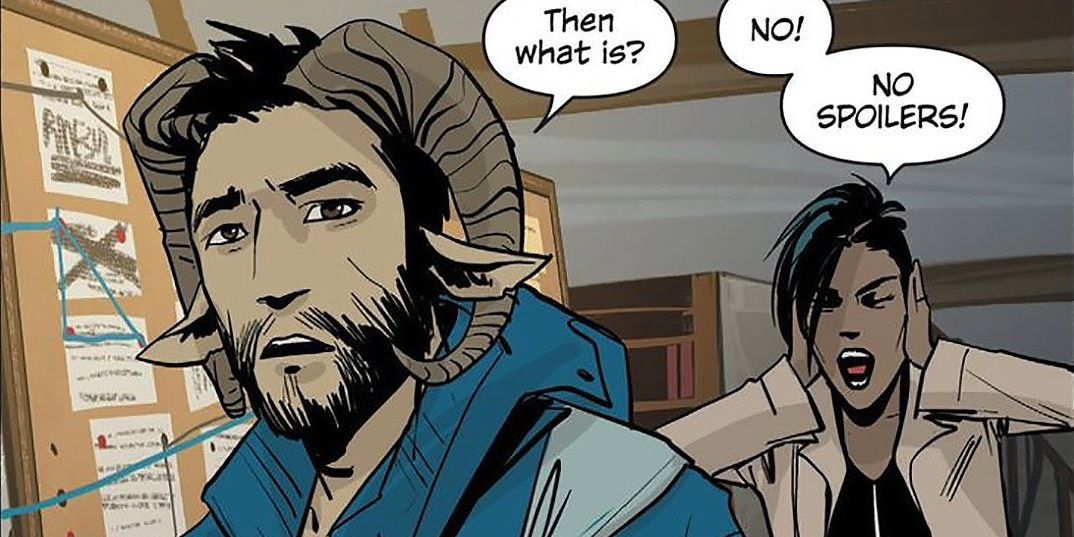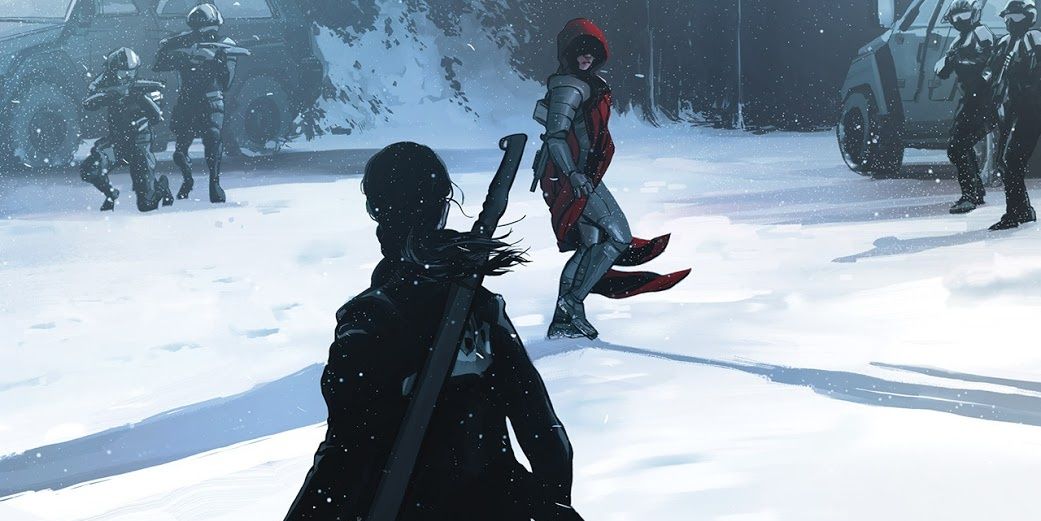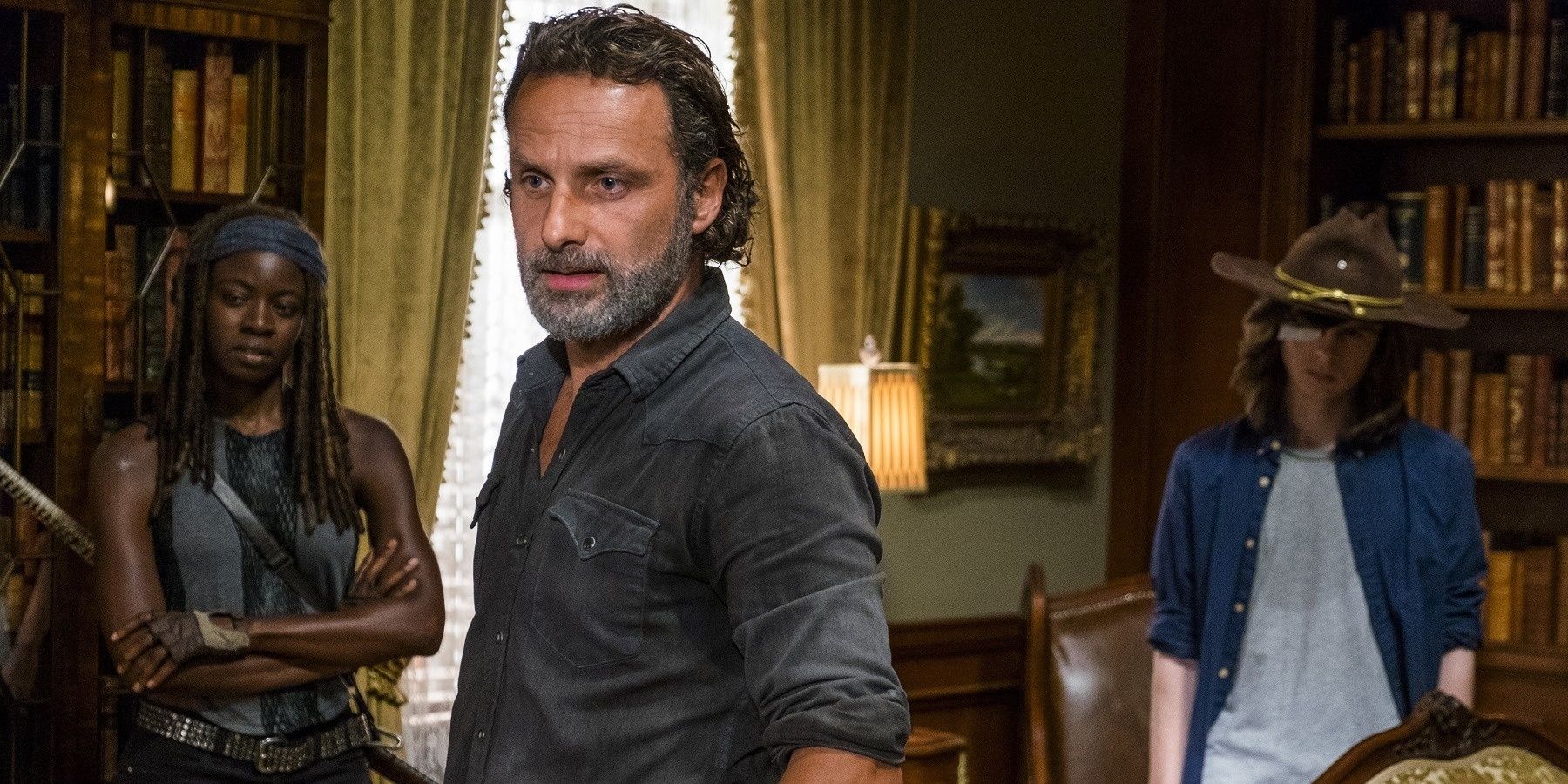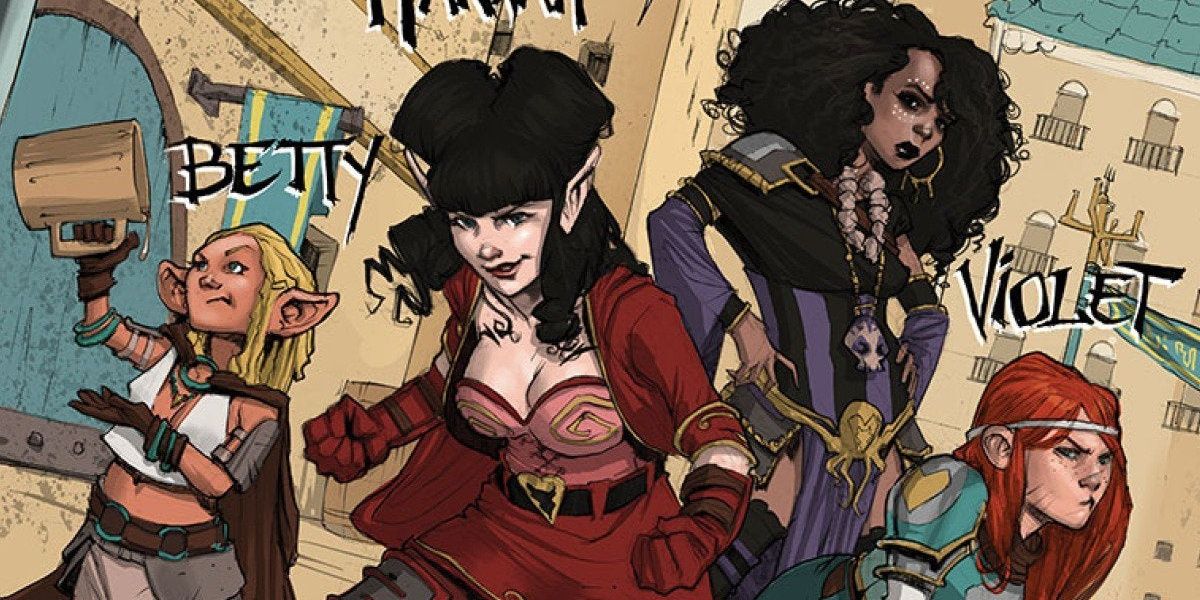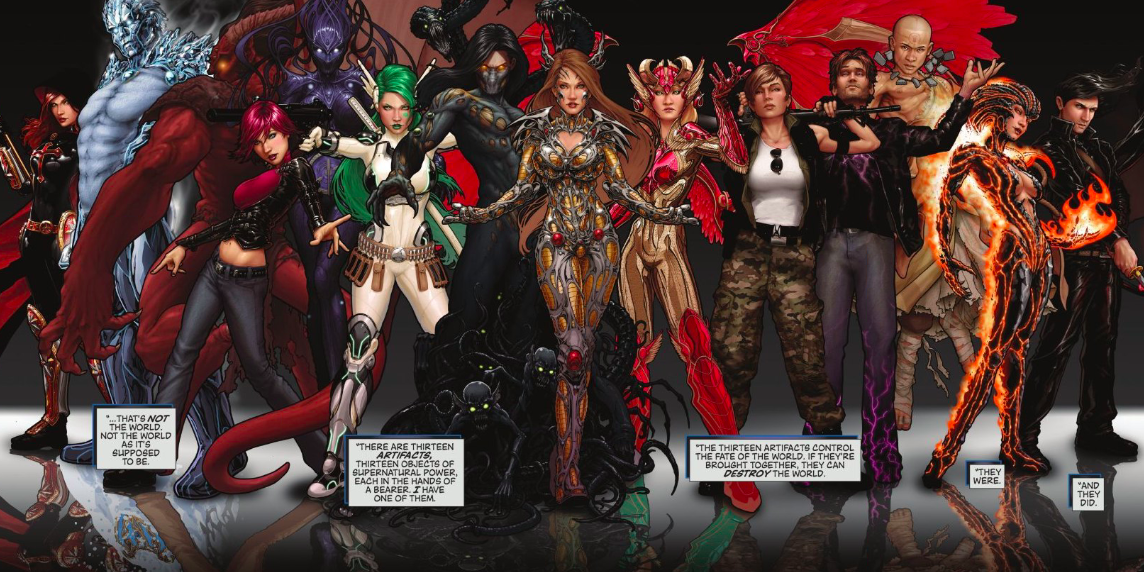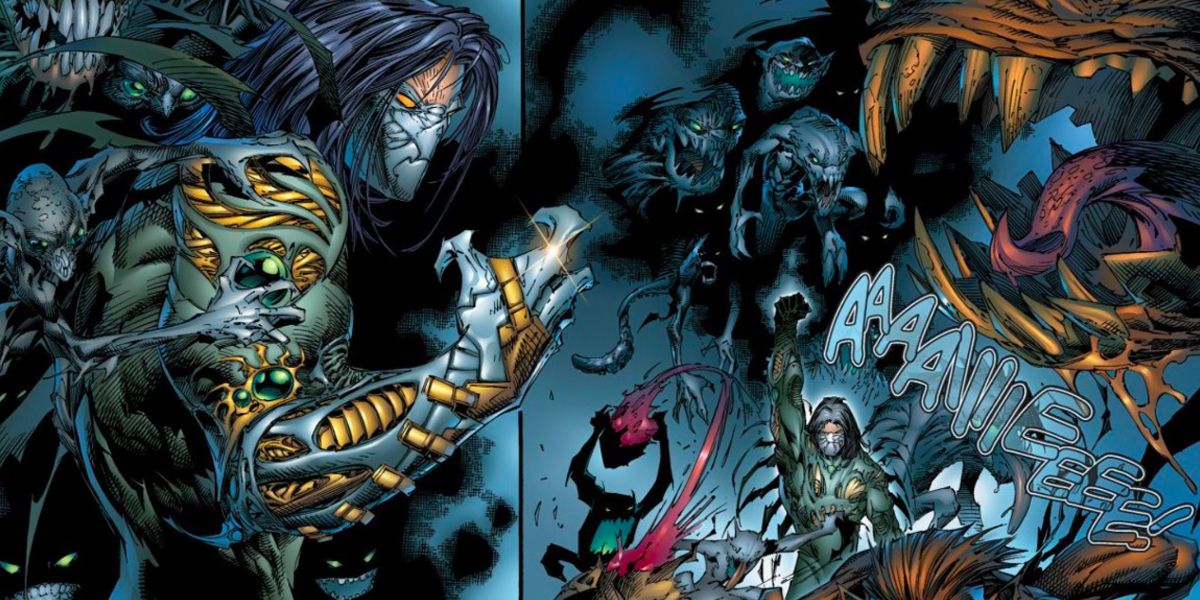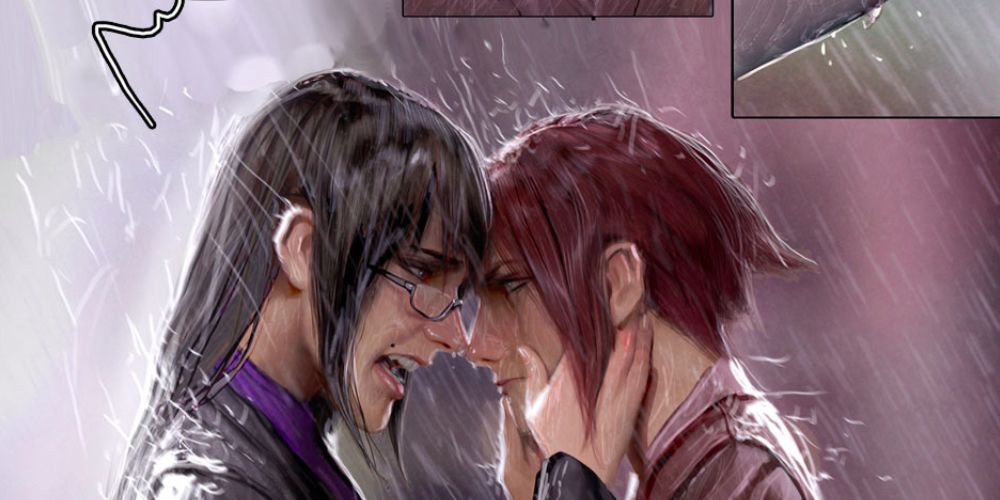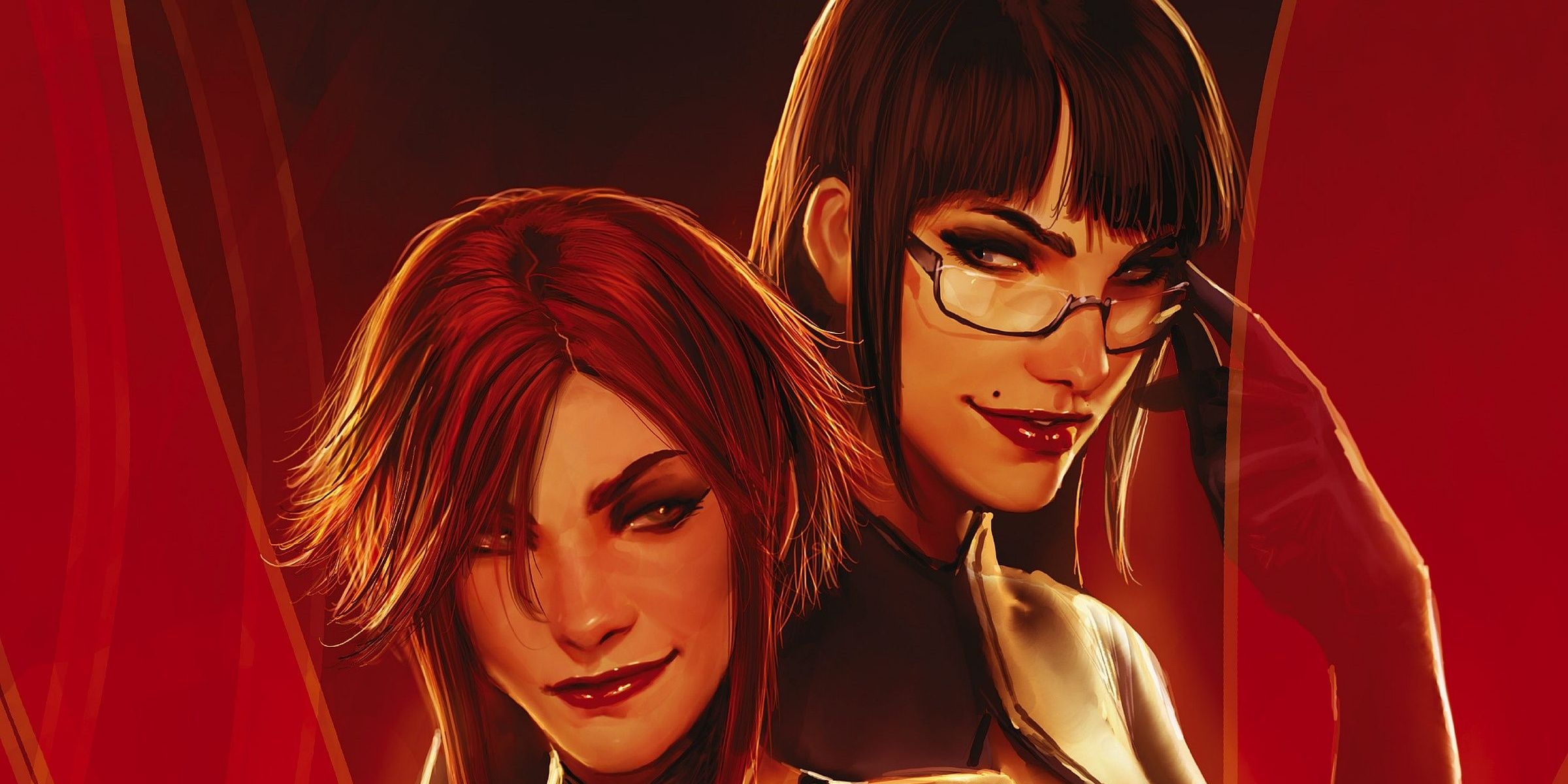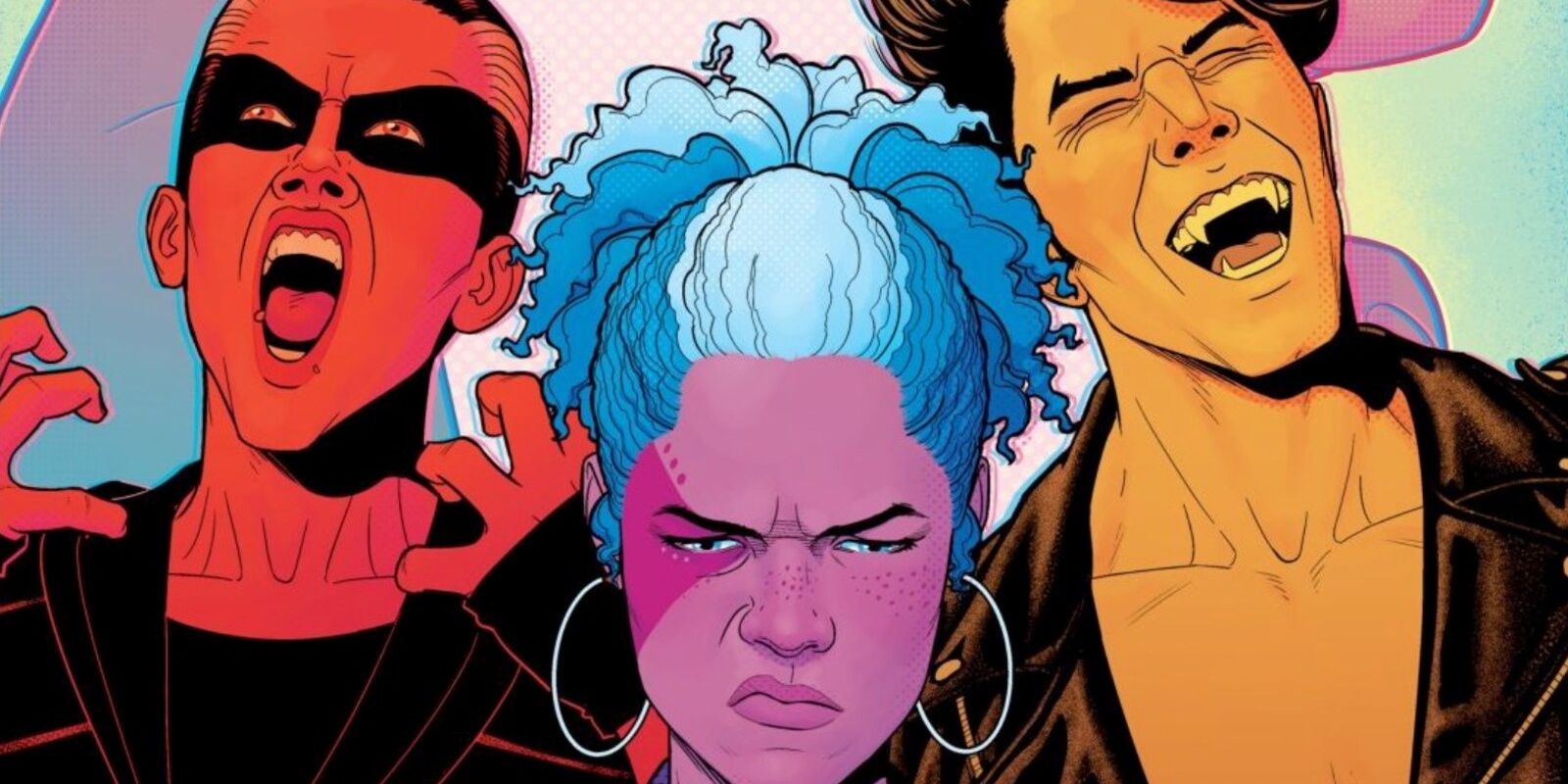Ever since it was first established, Image Comics has taken the lead as the most recognizable indie publisher in comics. The company was founded when six artists who felt under-appreciated by Marvel and decided to band together to make their own creator-owned titles without having to sell the intellectual property rights of their work over to a parent company. The company has remained a bastion of creative freedom ever since.
In the 2010s, Image continued printing some of its ongoing series while also introducing some brand new revolutionary content. Of course, not every change that was implemented was meant to last. These are the 10 biggest changes at Image that didn't last:
10 Image United
The end of one decade and the beginning of the next were bridged by Image United, a major event meant to bring many of the major Image characters like Savage Dragon, Spawn, and Witchblade together in a single epic storyline.
This series attempted to revitalize these classic Image properties and was proposed to run a full six issues. However, the book received negative reviews, its issues were delayed in coming out, and the series ended prematurely after the release of the third issue in August 2010. Just a few months before the end, on April 19, 2010, Rob Liefeld Tweeted his take: "It goes without saying that Image United is a massive embarrassment. Damn shame the enthusiasm for the book not shared by all."
9 Saga's Hiatus
Saga erupted onto the comics scene in 2012 and quickly rose to prominence as the most popular indie comic around. The story opened with two parents from different warring alien races having a child together. It followed Alana, the mother from the planet Wreath; Marko, the horned father from the moon called Landfall; and their daughter Hazel, who narrates the events of the story, looking back at her early childhood memories of life on the run from both of her parents' species.
The 54th issue of Saga ended on a heart-rending note upon its release in the summer of 2018. It has been on hiatus since but will begin again soon.
8 Lazarus's Hiatus
Not long after Saga came out, writer Greg Rucka and artist Michael Lark introduced their own vision of a dystopian science fiction future with their new series Lazarus. This groundbreaking comic looked at financial unrest around the globe and predicted what the future would look like if things did not improve to address the issues. The main character, Forever Carlyle, is the Lazarus of her family, a warrior enhanced through biotechnology to be able to heal from any injury.
Around the time of the 2016 US Presidential Election, the series went on hiatus without explanation. When a new issue came out after a six-month wait, Rucka (who has never hidden his political beliefs) explained that he had succumbed to a deep crippling depression due to political realities, especially as he was watching the dystopia he had been writing about become increasingly real. After a break and some issues which focused on other characters, the series returned with new bigger prestige issues.
7 The Popularity of The Walking Dead
Robert Kirkman's The Walking Dead debuted with a fairly limited release, but the longer it continued, the more fans it gained. It received a short six-episode TV adaptation in 2010, which was immediately greeted with acclaim. This was at a time when zombies were enjoying the peak of their popularity, but even so, The Walking Dead stood out because of its amazing writing, acting, and special effects - all of which captured the horror of surviving in the undead post-apocalypse.
The series has run for 10 seasons so far and been renewed for an 11th. However, its popularity has waned in recent years as other shows have surpassed it.
6 The End of Rat Queens
When it first came out in 2014, Rat Queens was hailed by fans as a sidesplittingly funny fantasy story that introduced a classic Dungeons & Dragons adventuring party as a gang of four women who enjoy drunken brawling a bit more than is probably healthy.
The original artist, Roc Upchurch, was taken off the title after being arrested for domestic abuse. After getting a number of new artists, the series ended. However, it did come back, once again with Upchurch penciling the comic, having received counseling in the aftermath of his arrest.
5 Top Cow Ends the Universe
Top Cow was one of the original six divisions of Image Comics, printing stories about the sci-fi superhero team Cyberforce as well as gritty urban fantasy stories like Witchblade and The Darkness. The popularity of the company's characters reached beyond the medium of comics, as can be seen in the 2006 Witchblade anime and the two video games of The Darkness.
On January 4th, 2012, Top Cow released Artifacts issue 13, which effectively ended the Top Cow Universe. Despite this shocking climax, Jackie Estacado, the bearer of the Darkness, recreated the universe. Even something as big as the end of reality itself doesn't stay dead in comics these days.
4 Death of the Darkness
Jackie Estacado is a mob hitman who wields the power of the Darkness, a magical force that lets him conjure anything he can imagine and even allows him to transcend the limits of death itself, as was seen during the events of The Darkness: Resurrection.
After rebooting the Top Cow Universe, Jackie Estacado was killed off during the events of Witchblade issue 180. Recently, Top Cow announced its intention to bring back The Darkness. While details are still slow to come, it was originally announced that the character would return in 2019. As this hasn't happened, it seems likely that Jackie or his daughter will star in a new title starting later this year.
3 Sunstone's Breakup
While Top Cow was originally known for its urban fantasy titles, in more recent years, many of its best series have gone in very different directions. One such title is the BDSM romance comic Sunstone, written and illustrated by Stjepan Sejic.
Sejic is one of the best artists - and best character writers - currently making comics. At the end of the series' fourth volume, the two main characters, Ally and Liz, broke up. Each of the two lovers was emotionally devastated, as were many of the readers. Thankfully, volume 5 focused on the long journey that led to them getting back together.
2 Sunstone's End
After 5 fantastic volumes of Sunstone, the story of the kinky quirky friendship-turned-romance between domme Ally Carter and sub-Lisa Williams came to a close as the two tied the shibari-knot of holy matrimony. Thus ended the best romance comic of the decade...or so it seemed.
Sunstone creator Stjepan Sejic surprised fans by expanding on the story with a prequel story about an earlier relationship between Ally and her friend and ex-boyfriend, Alan. This series, called Mercy, was marketed as the sixth volume of Sunstone. Another installment entitled Jasper is meant to explore other elements of the story.
1 Deaths in The Wicked + The Divine
One of the most incredible Image titles of the past decade was the hit series The Wicked + The Divine, a fantasy story about the gods returning to earth as music gods. Written by Kieron Gillen and with art by Jamie McKelvie, the series followed fangirl Laura Wilson who befriends numerous gods, including the David Bowie-inspired Lucifer.
Lucifer is jailed for a murder she claims not to have committed. During the middle of a prison break, Luci's head explodes. While she seems to have died, later her head is revealed to still be alive and conscious, along with several other heads belong to characters who died.

